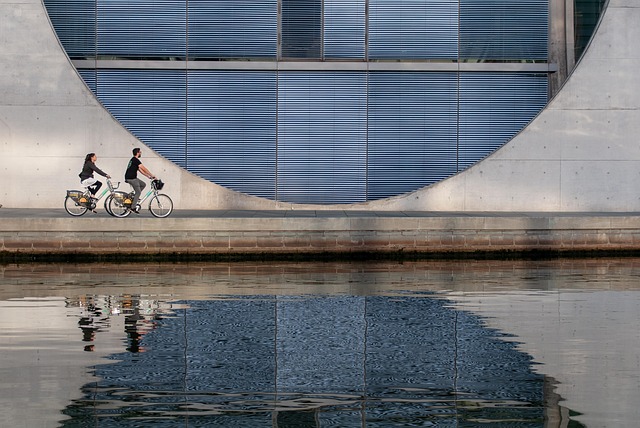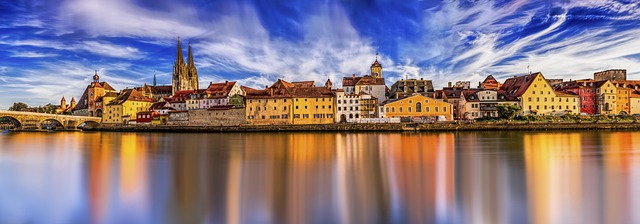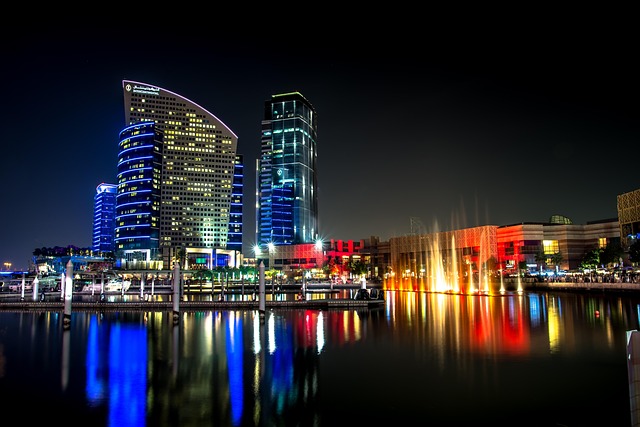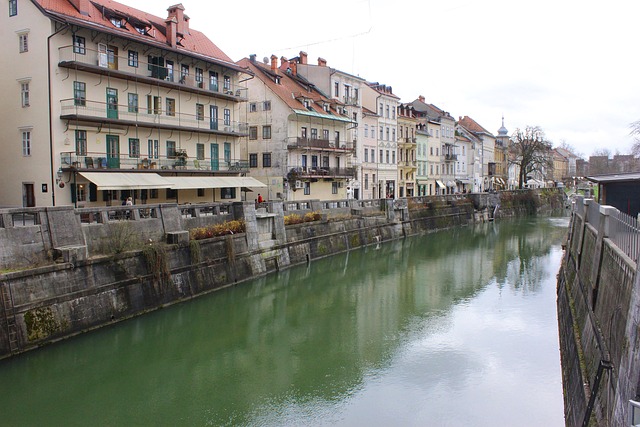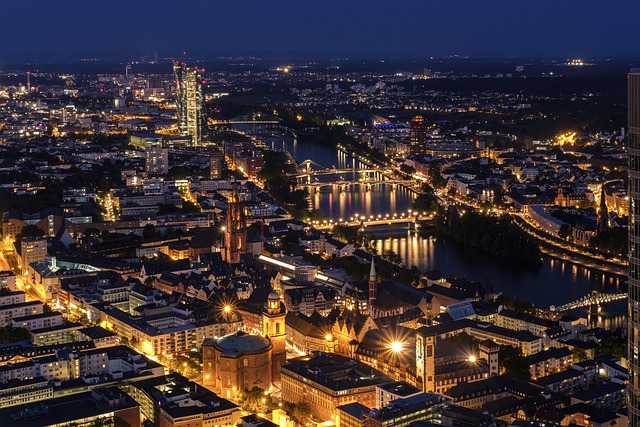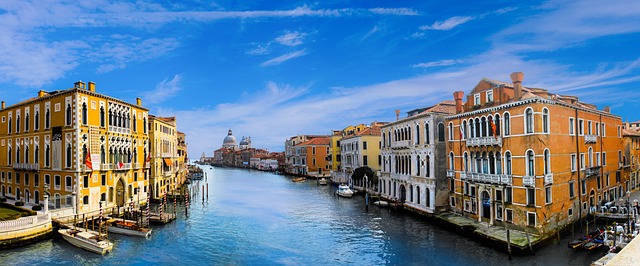Category: Saddar Town
Saddar Town: A Comprehensive Exploration
Introduction
Welcome to an extensive exploration of Saddar Town, a dynamic and influential concept that has captured the attention of urban planners, economists, and policymakers worldwide. This article aims to dissect and demystify every facet of Saddar Town, offering readers a comprehensive understanding of its historical roots, global impact, economic significance, technological innovations, and policy frameworks. By delving into these areas, we will uncover the factors driving its success, identify challenges, and explore its promising future trajectory.
Understanding Saddar Town: A Definition and Historical Overview
Definition: Saddar Town is an innovative urban development concept that emphasizes a holistic approach to town planning, integrating commercial, residential, and recreational spaces within a compact, walkable area. It envisions creating vibrant, sustainable communities with improved quality of life for residents.
Core Components:
-
Mixed-Use Development: Saddar Town promotes the seamless integration of various land uses, allowing residential buildings to coexist with retail shops, offices, and recreational facilities. This mix fosters a diverse and dynamic environment, reducing commuting distances.
-
Pedestrian-Friendly Design: The focus is on creating walkable neighborhoods with well-connected streets, pedestrian walkways, and green spaces, encouraging residents to embrace an active lifestyle.
-
Sustainable Practices: Environmental sustainability is a cornerstone of Saddar Town, incorporating energy-efficient buildings, green infrastructure, and efficient waste management systems.
Historical Context:
The concept of Saddar Town emerged as a response to the rapid urbanization and urban sprawl faced by many cities worldwide. Traditional urban planning often led to segregation of land uses, resulting in long commute times and less vibrant communities. In the 1980s and 1990s, forward-thinking urban planners and architects began advocating for more integrated and human-centric designs, giving birth to the idea of a compact, mixed-use neighborhood—what we now know as Saddar Town.
Global Impact and Trends
Saddar Town has left an indelible mark on global urban development, inspiring cities across the globe to embrace its principles. This section explores key trends and influences:
| Region | Notable Examples | Unique Adaptations |
|---|---|---|
| North America | Vancouver, Canada has implemented small-scale Saddar Town-inspired projects in dense urban areas, focusing on local retail and community engagement. | Emphasis on green spaces and public art as central attractions. |
| Europe | Berlin, Germany is known for its micro-neighborhoods, which closely align with the Saddar Town model, promoting local commerce and cultural exchange. | Vibrant street art and shared public areas foster a sense of community. |
| Asia Pacific | Tokyo, Japan‘s dense urban fabric incorporates elements of Saddar Town, with mixed-use buildings and efficient public transport, contributing to its status as one of the world’s most livable cities. | Innovative vertical gardening techniques enhance green spaces. |
| Middle East | Dubai, UAE has embraced sustainable urban planning, incorporating Saddar Town principles in its latest developments, focusing on energy efficiency and smart infrastructure. | Use of advanced technology for waste management and recycling. |
Economic Considerations: Market Dynamics and Investments
The economic implications of Saddar Town are far-reaching, impacting various sectors:
-
Real Estate: The concept drives significant investment in urban real estate, with developers targeting high-density, mixed-use projects. Property values in well-designed Saddar Towns often experience a premium due to their convenience and desirability.
-
Retail and Services: Local businesses thrive within these neighborhoods, catering to the daily needs of residents. A diverse mix of retailers and service providers ensures economic vitality and job creation.
-
Tourism: Attractive and walkable Saddar Towns can become tourist destinations, boosting local economies. Cultural events, street festivals, and unique architectural features draw visitors.
Technological Advancements: Smart and Sustainable Solutions
Saddar Town embraces technological innovations to enhance its sustainability and efficiency:
-
Smart Infrastructure: Sensor-based systems monitor traffic flow, energy consumption, and water usage, enabling real-time adjustments and optimizing resource allocation.
-
Renewable Energy: Solar panels and wind turbines integrated into buildings and public spaces contribute to clean energy production, reducing carbon footprints.
-
Digital Connectivity: High-speed internet access across the neighborhood ensures digital inclusion, facilitating remote work and enhancing online services for residents.
Policy and Regulation: Governing the Urban Landscape
The development and success of Saddar Town are guided by various policies and regulations:
-
Zoning Laws: These dictate land use, ensuring a balanced mix of residential, commercial, and recreational areas. Adaptive zoning ordinances allow for flexible building design to accommodate changing needs.
-
Transportation Planning: Efficient public transport systems, including buses, trams, and cycling networks, are essential components of policy frameworks. These promote sustainable mobility within the neighborhood.
-
Environmental Regulations: Strict environmental standards ensure that development projects maintain ecological balance. Green space requirements and pollution control measures contribute to a healthier urban environment.
Challenges and Criticisms: Overcoming Barriers
Despite its many advantages, Saddar Town faces challenges that require strategic solutions:
-
High Land Costs: The demand for prime locations in dense urban areas can lead to elevated land prices, making affordable housing a concern. Governments can address this through inclusive zoning policies and incentives for mixed-income developments.
-
Traffic Congestion: While efficient transport is a goal, increased density may temporarily exacerbate traffic issues. Implementing congestion pricing, promoting public transport, and encouraging active transportation (walking and cycling) can help mitigate these problems.
-
Community Engagement: Successful implementation requires community buy-in. Engaging residents early in the planning process ensures their needs are addressed, fostering a sense of ownership and pride.
Case Studies: Real-World Success Stories
Case Study 1: Soho, London, UK
Soho is a prime example of a successful Saddar Town transformation. Once known for its seedy underbelly, this area has evolved into a vibrant hub of fashion, design, and culture. The neighborhood’s mixed-use development includes boutique shops, art galleries, restaurants, and residential buildings. Soho’s success lies in its unique character, supported by a lively arts scene and successful community initiatives.
Case Study 2: Shibuya, Tokyo, Japan
Shibuya is renowned for its dense, compact layout, featuring numerous mixed-use buildings and efficient public transport. The area boasts a high quality of life, with ample green spaces, cultural attractions, and a thriving local economy. Shibuya’s success can be attributed to meticulous urban planning, prioritizing pedestrian accessibility, and embracing technological advancements.
Future Prospects: Emerging Trends and Growth Areas
The future of Saddar Town is bright, with several trends and opportunities shaping its evolution:
-
Smart Cities Integration: As cities embrace the smart city concept, Saddar Town will play a pivotal role in implementing connected technologies, enhancing efficiency and citizen services.
-
Sustainable Living: Environmental consciousness will drive further adoption of green building practices, renewable energy sources, and sustainable transport solutions.
-
Digital Transformation: Advanced digital platforms will facilitate community engagement, online service delivery, and smart city applications, improving governance and resident experience.
-
Healthcare Integration: Integrating healthcare facilities and promoting wellness initiatives within Saddar Towns can improve accessibility and enhance overall well-being.
Conclusion: A Catalyst for Urban Renewal
Saddar Town represents a holistic approach to urban development, offering a blueprint for creating vibrant, sustainable communities. Its global impact and successful implementations demonstrate its potential to transform cities, improving quality of life and economic vitality. As urbanization continues to shape our world, the principles of Saddar Town will be instrumental in crafting resilient, human-centric urban landscapes.
FAQ Section: Answering Common Queries
Q: What makes a neighborhood a “Saddar Town”?
A: A Saddar Town is characterized by mixed-use development, pedestrian-friendly design, and sustainable practices. It aims to create a compact, walkable area with diverse land uses, enhancing community engagement and reducing environmental impact.
Q: How does Saddar Town benefit local businesses?
A: By integrating various land uses, Saddar Towns provide nearby access to residents’ daily needs, boosting local retail and service industries. This concentration of activities fosters a thriving business ecosystem, creating employment opportunities and driving economic growth.
Q: Can you provide examples of successful technology implementations in Saddar Towns?
A: Indeed! Smart sensors for traffic management, renewable energy integration like solar panels on buildings, and high-speed digital connectivity are common technological advancements. These innovations enhance efficiency, sustainability, and digital inclusion within the neighborhood.
Q: What role do policy frameworks play in developing a Saddar Town?
A: Policies, including zoning laws, transportation planning, and environmental regulations, provide the structural framework for creating Saddar Towns. They guide land use, infrastructure development, and ecological preservation, ensuring a balanced and sustainable urban environment.
Exploring Karachi’s Creative Scene: Saddar Town Galleries
Revolutionizing Waste Management in Karachi’s Saddar Town
Karachi’s Barbering Heritage: From Past to Present
Emergency Numbers Saddar Town: Karachi’s Safety Net Unveiled
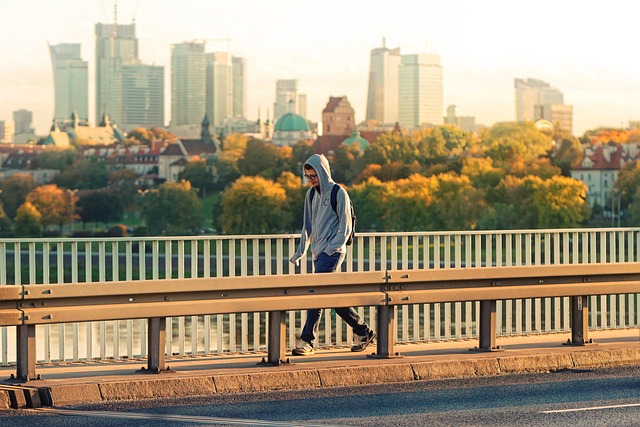
In Karachi, memorizing emergency numbers (112, 101, 100) is vital for quick response. Saddar Town pr…….


